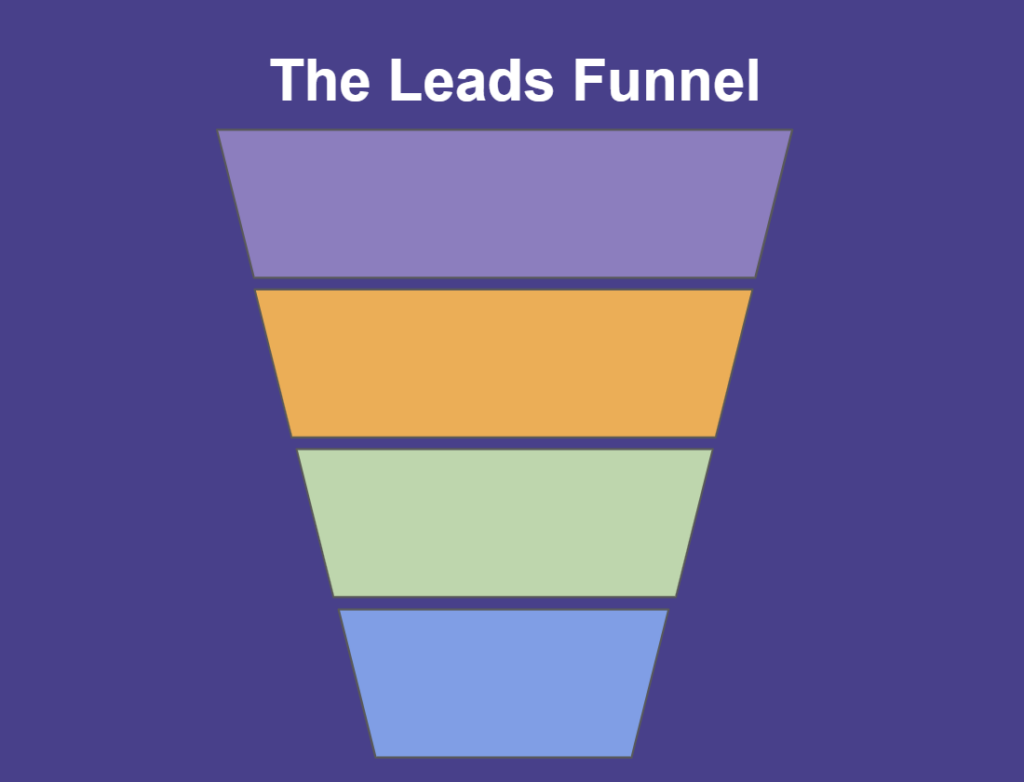


B2B sales and marketing for professional services is complex because most purchases are not impulse buys. Either, they are based on a pain that your clients are facing, or you have to first help them realize that there is a better way to do things. Even if the initial purchase decision is based on impulse, retention will typically be low.
In addition, B2B professional services can also not be easily compared feature by feature in a spreadsheet. So it’s very different from how a SaaS product may be sold although comparing two complex SaaS products is also not straightforward at all. The sale, and success of the program, depends a lot on intangible and soft factors, even as hard metrics like cost and past experience are measured objectively. Clients (often multiple decision makers) will almost always do their due diligence and talk to multiple providers before making a decision to buy from you.
So you face 3 main challenges that interactive content can help you solve.
Most professional services businesses today have implemented various kinds of content marketing and outreach programs.
These include:
These are all great tactics. They seem intuitive and sound like you’re checking off all the boxes.
But you still feel that you’re not moving the needle. Right? Things still seem accidental rather than planned. You feel like you need to go beyond content marketing.
An easy test is to listen to your gut.
That’s normal. It happens because B2B sales and marketing for professional services typically address two different stages of the customer lifecycle. Marketing qualifies and hands off the lead. And then sales is expected to take it to closure. There is actually NO clear mechanism to link the two phases together. So marketing is forever caught in a loop to prove their value to sales. Interactive content can help with this challenge.
What you need is a way to connect your lead generation to your sales pursuit efforts.
The best way to achieve this is to build meaningful context of what your prospects and customers need, and then align the content generation accordingly, often flowing from an anchor interactive content.
Every customer has a goal. Or at least you think they have a goal that you want to move them towards – better digital capabilities, better analytics, better security, better quality, better website, better social media marketing, better marketing automation, and so on.
Now think of the underlying engagement model of every professional services engagement:
Come to think of it, that’s exactly how a typical consultative sales person moves the sales process forward – one meeting to the next. Opportunity is explored, fit is determined, advice is given, insights are provided, material is requested and sent, and so on.
In addition, a consultative sales person builds trust and helps the client move towards their goals until the client is ready to buy. In doing so, they get the right people to the table to conduct workshops, develop proof of concepts, make peer introductions and so on.
So what is really lacking in the process is a way for marketing and sales teams to work together on this journey. Marketing tools are not used beyond the lead generation process. And that’s where the problem lies in creating consistent client engagement and revenue generation.
The easiest way to address this challenge in B2B sales and marketing for professional services is to bring both sales and marketing teams working off each other’s inputs.
Let’s face it. Neither sales and marketing should do each other’s jobs. It’s often a problem when they try to do that. But bringing them in on the same page when it comes to how the pursuit is progressing is the right thing to do. It rallies everyone around a common objective.
It is. But your CRM is not client facing. Neither is it geared 100% towards sales pursuits. A CRM is complex because it is used to control and track, not actually help a sale move forward. It can definitely be the place where both sales and marketing their get their information from. But you shouldn’t try to customize something for what it isn’t made for – client engagement during a pursuit. That said, you should absolutely send and track all the key events in your CRM system.
Check out how Evalinator helps you create an interactive assessment and then engage prospects consistently.
We have a free double trial for almost 6 weeks. That’s enough time to see if it works for you. We are absolutely sure it will!
Start Your Free Trial With An Interactive Assessment

Feeling frustrated with lead generation?
Take this free, 5-minute quiz and get more prospects into your leads funnel.
Instant Results. Actionable recommendations. Email required.
Find Your Score >>